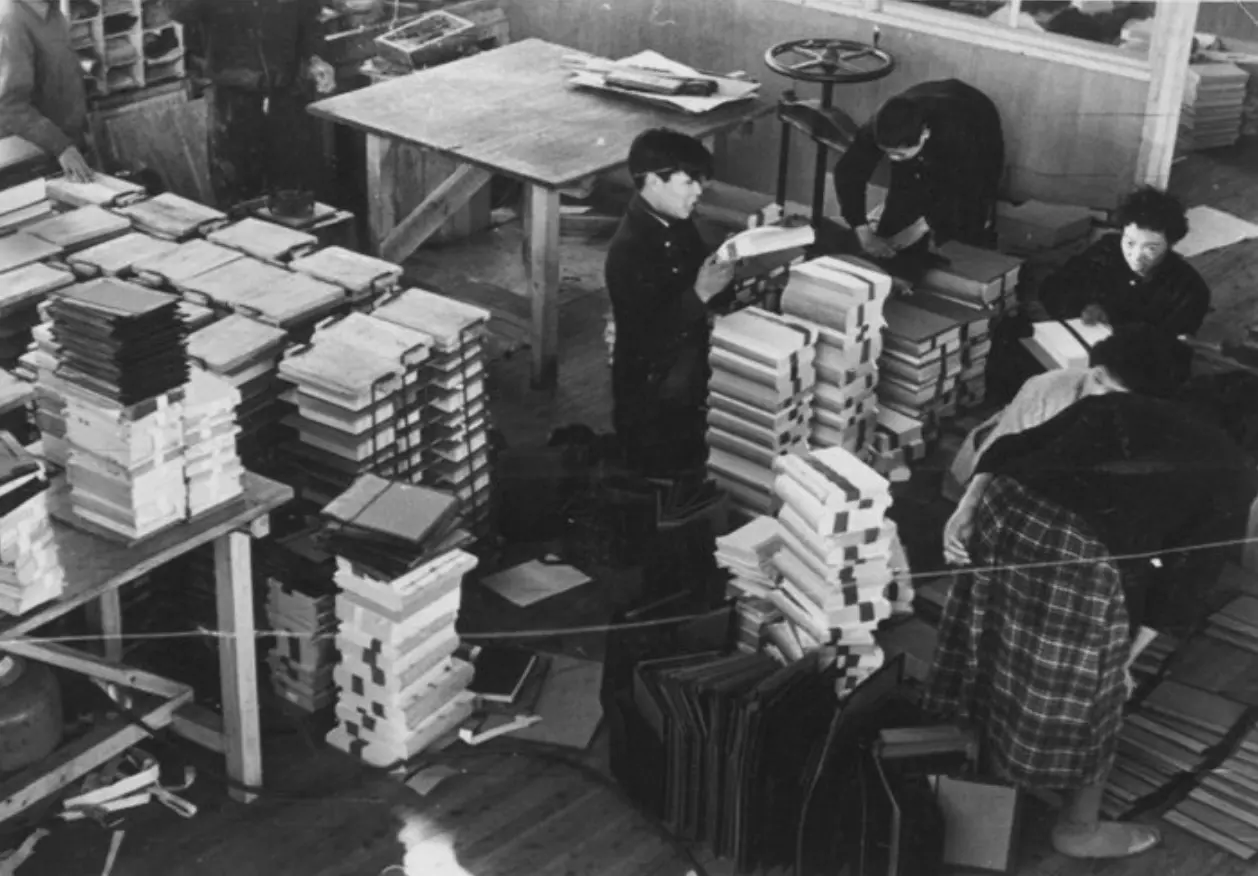How Has Japanese Design Influenced Modern Stationery?
Japanese design has a rich history, characterized by minimalism, precision, and a deep appreciation for materials and craftsmanship. In modern stationery design, these elements have left a significant mark, influencing everything from the aesthetics to functionality of products we use daily. In this blog, we'll explore the various ways Japanese design has shaped contemporary stationery, making it both beautiful and practical.
Understanding Japanese Design Principles
Explore the core principles of Japanese design such as simplicity, natural materials, and attention to detail, which are foundational to the aesthetic appeal found in modern stationery.
Japanese design emphasizes a harmonious balance with nature, which can be seen in the choice of materials and colors used in stationery. This connection helps create stationery that feels both organic and refreshing.
Furthermore, the concept of 'Wabi-Sabi,' the appreciation of imperfection, reminds us that the most beautiful stationery can arise from unique textures and unexpected flaws, inviting users to celebrate authenticity.
These principles encourage designers to strip away excess and focus on what truly matters, allowing functionality and beauty to coexist seamlessly in each item.
The Role of Minimalism
Discuss how the minimalist approach in Japanese design reduces clutter and enhances functionality in stationery items, encouraging users to focus on the task at hand.
Minimalism does not equate to simplicity alone; rather, it's about striking a balance that elevates the user experience. For instance, a clean notebook layout fosters clarity of thought and activates creativity.
When stationery is designed with less visual noise, it becomes a canvas for users, empowering them to infuse their personality into each page they fill or each note they jot down.
Material Innovations from Japan
Examine the unique materials used in Japanese stationery, such as washi paper and sustainable resources, which offer distinct textures and functionalities.
Washi paper, for instance, is not only durable but also showcases stunning artistry through traditional printing methods, offering an exquisite tactile experience that elevates the writing process.
Moreover, the use of eco-friendly materials is increasingly prevalent, reflecting Japan's deep-rooted respect for nature. This ethos attracts environmentally conscious consumers who value sustainability as much as aesthetics.
Cultural Inspirations in Design
Highlight how traditions, art forms, and cultural elements from Japan influence the designs of modern stationery, creating products that resonate with users on a deeper level.
From the patterns seen in traditional kimono fabrics to the elegant simplicity of Zen gardens, Japanese culture provides a wealth of inspiration that is artfully interpreted in stationery design.
For example, motifs derived from nature, such as cherry blossoms or waves, are incorporated into stationery, evoking a sense of peace and connection to the environment, making the act of writing more meaningful.
Examples of Japanese Influences in Popular Brands
Familiarize readers with popular stationery brands that incorporate Japanese design elements, showcasing their products as prime examples of this influence.
Brands like Muji and Midori embody the principles of Japanese design—offering minimalist yet functional products that appeal to global consumers while retaining a distinctly Japanese character.
By examining these brands, we can appreciate how they celebrate the art of simplicity, practicality, and the beauty of form—reinforcing the notion that innovative design can arise from a deep understanding of tradition.
Final Thoughts
The influence of Japanese design on modern stationery is evident in the way aesthetics meet functionality. From minimalistic aesthetics to innovative materials, these timeless principles continue to redefine how we create and use stationery. By embracing these influences, designers can cultivate a new appreciation for the art of stationery that honors tradition while inspiring creativity in everyday life.

